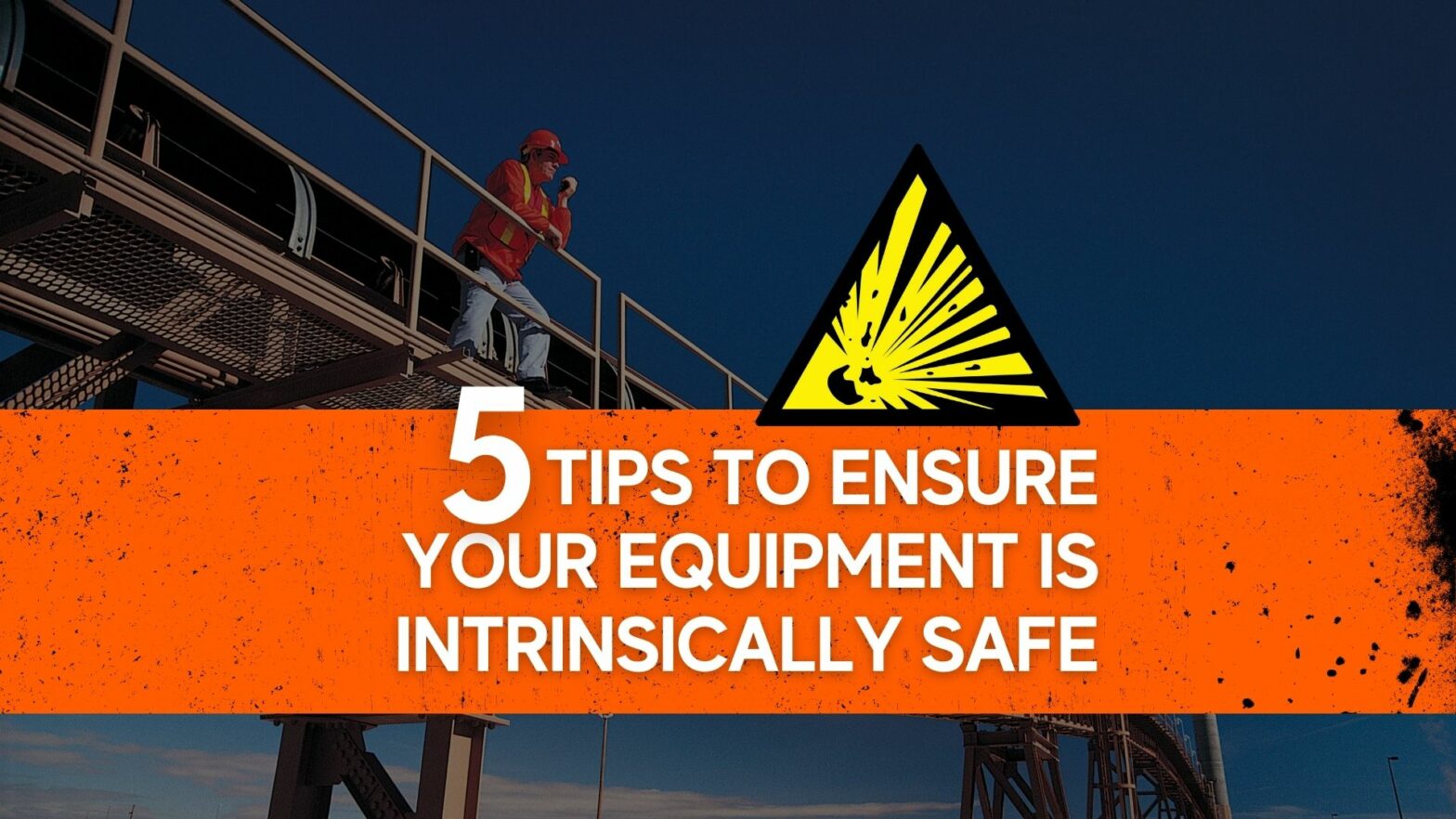There are many risks related to the work environment. With this in mind, organizations worldwide have been developing actions to improve safety in jobs that pose risks to the integrity of workers and the environment. We’ve separated some tips to understand what this means to help you ensure that your work equipment is intrinsically safe.
What makes equipment intrinsically safe?
Before running for the tips, let me introduce you to the intrinsic concept. The term intrinsic safety refers to techniques adopted to prevent ignition accidents in hazardous areas. Regulations were developed to approve and rate into divisions to ensure that the equipment is intrinsically safe. Although intrinsically safe equipment has its design just for hazardous environments, it must be rugged and efficient to withstand heat and sudden drops.
Other practical features that safety equipment can include are lightweight, easy installation and maintenance, practical operating systems for industrial work, and even other functions that enhance job development. Knowing what you can expect from Intrinsically safe Equipment, let’s jump into the tips now!
1. Know what you need: Intrinsic barrier or Intrinsically safe equipment
The intrinsic safety concept encompasses more than equipping your team. It also involves building an intrinsic barrier that acts in the control of hazardous material. Applying intrinsically safe barriers and equipment in your hazardous area will increase the safety of your workers and facilitate communication and management for your staff.
The complete intrinsic concept ensures better task performance and lower incident maintenance costs. With recent studies in this area, the equipment developed for this purpose is increasingly linked to safety-related productivity.
2. Look for the Certifications
First, let’s clarify which regulations you need to certify your equipment as intrinsically safe. Each country develops its work safety laws, measuring the quality and technology applied to products designed for any type of service. There are many certifications to identify hazardous locations and apply intrinsic methods. The equipment needs to have Hazardous areas rating and certifications like ATEX, IECEx, UL, and even others that you can research in our Expert Guide filled with details. Understanding the necessity of the certifications and ratings will help you to know the right equipment for your need.
These regulations certify products intrinsically safe for hazardous areas. In addition, their guidelines can be internationally recognized and applied to products and designs. So if you are looking for a product or equipment for field use that minimizes the risk of spark ignition, heating, or explosion, it must be certified —the more safety certifications, the better.
3. Know the best intrinsic safety brands on the market.
Engineers and technology professionals are always following market trends and always seeking innovative equipment. So do your research, too, and list the brands that follow all levels of intrinsic safety, so in addition to being always up to date, you will be aware of the best tools available for your needs.
4. Pay attention to the technical data.
When choosing equipment for your work, be it a handheld computer, or energy-isolation equipment, you need to study the technical data provided by the manufacturer carefully. This data informs all the product’s certifications and the guidelines for use in a hazardous environment.
Information such as usage temperature, battery thermal capacity, and other safety specifications you will find in the product data-sheet and they are essential to ensure safety. Other specifications such as safety ratings and accessories that you can purchase with the product it’s available on the manufacturer’s website. There must be no doubt regarding the intrinsic safety of the equipment.
5. Stay updated with the ratings.
Zone1 Class 2 and Division II are classifications we can use to identify hazardous locations. You will see these classifications in the regulations for hazard classification. Identifying and understanding these ratings will help you choose the best equipment for your needs. You will find several classifications according to your need, but here we will consider equipment protection classes and zone ratings.
Zone 0: Locations where explosive gas present in the atmosphere is continuous or for long periods.
Zone 1: Location where it is normal for explosive gas to be released into the atmosphere for routine operations.
Zone 2: Area where exposure to explosive gases in the atmosphere is not common, and if it happens, it is for a short time.
However such zone ratings may vary from country to country. But its verification is thorough and part of a field survey to assess each hazardous area of factories, mines, or industries. Then, in the table below, check the safety rating for equipment according to the EPL.
Category I: For use in zone 0, zone 1, or zone 2 areas.
Category II: For use in zone 1 and zone 2 areas.
Category III: For use only in zone 2 areas.
In conclusion, well-informed with these tips, you will be confident that your equipment is intrinsically safe. When taking care of your team’s safety, prevention is the best method. Therefore, you will want to do everything possible to ensure that your hazardous area is under control. Count on our Intrinsically safe Experts to lead you on the best equipment on the market!


























